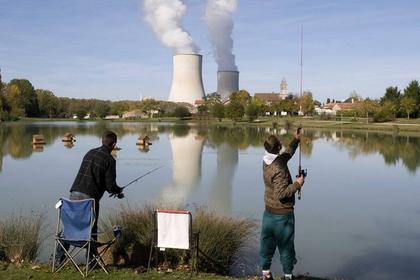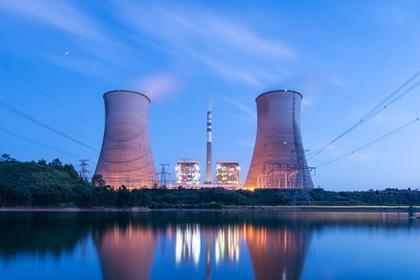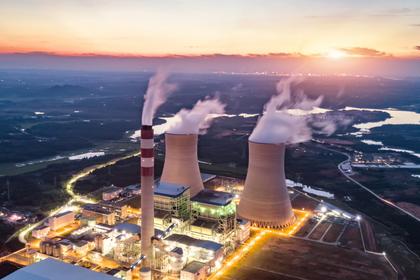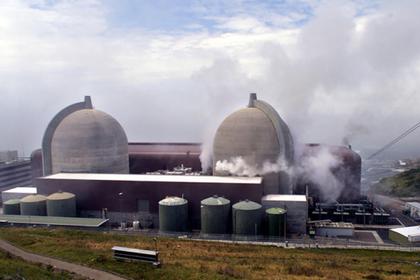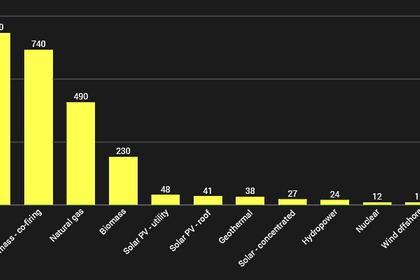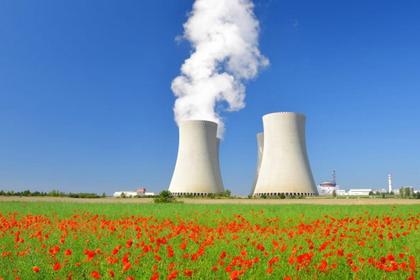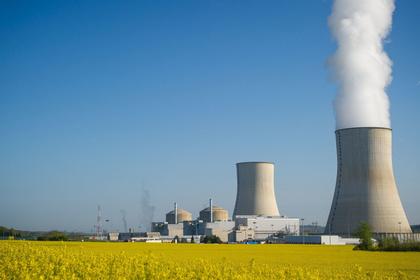
SMR NUCLEAR MARKETS
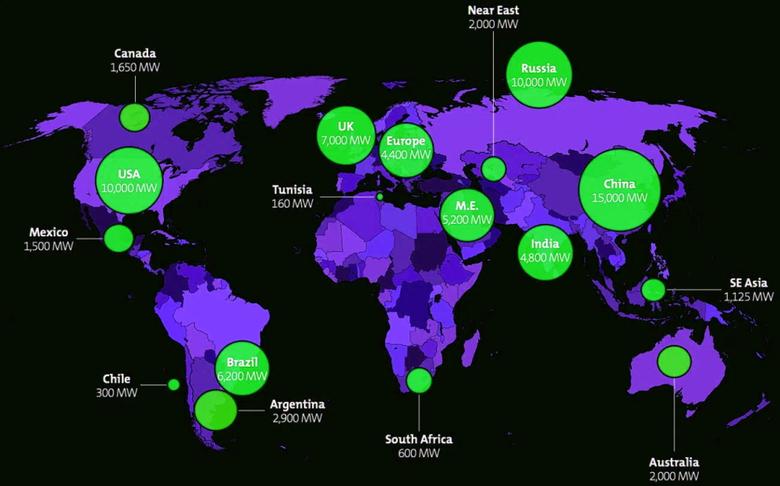
WNN- 22 July 2021 - The deployment of microreactors in the short-to-medium term could support energy markets not available to large nuclear plants, but some significant challenges must be overcome for them to capture new market shares. In the longer term, they will be able to contribute to decarbonisation efforts. These are amongst the findings of a recently published technical report from the US Department of Energy's (DOE's) Idaho National Laboratory.
The report, Global Market Analysis of Microreactors, focuses on future global microreactor markets and the potential for microreactors, assessing their unique capabilities and potential deployment in specific global markets in the 2030-2050 timeframe. The 147-page study summarises work on the economics and market opportunities for microreactors conducted under the DOE's Microreactor Program. It uses "top-down" and "bottom-up" analysis techniques to evaluate emerging market trends, derive a range of possible demands and rank potential markets in 63 countries including current nuclear energy users and so-called newcomer countries.
Microreactors are a subset of small modular reactors (SMRs) of 1-20 MWe capacity - sometimes referred to as "nuclear batteries" - and include light-water reactors, molten salt reactors, gas-cooled reactors, metal-cooled fast reactors and heat pipe reactors.
The report references studies of potential applications for microreactors in Alaska, Puerto Rico and US federal facilities carried out under the programme during 2019-2021. These are: a study by the University of Alaska Anchorage, to identify markets, applications and economic development potential for nuclear-powered microreactors in Alaska and the Arctic and export potential for remote locations around the world; a study by the University of Wisconsin-Madison, to define the potential role for microreactors at US government installations, at off-grid or at remote sites needing secure, stand-alone power and on-grid sites, for secure backup power; and a study by Puerto Rican-led not-for-profit organisation Nuclear Alternative Project (NAP), under contract from Idaho National Laboratory, to investigate the feasibility of the use of SMRs and microreactors to provide resilient power for island territories such as Puerto Rico.
By 2030, initial deployments of such reactors could potentially expand nuclear's contribution in North America and Western Europe, areas that would otherwise show low future nuclear growth, the report concludes. Mid-term deployments beginning around 2035 could see expansion in Eastern Europe and Asia, where energy infrastructures are under development, and to support new nuclear markets in emerging economies. Longer-term deployment, over the period 2040-2050, could be in urban markets and megacities lacking access to energy and susceptible to climate change, disaster relief by replacing portable diesel generators, and in low-carbon shipping, it says.
Challenges
"Results indicate significant potential for global deployment of microreactors, but also significant challenges in achieving the technical capacities, meeting regulatory requirements and international accords, achieving competitive costs and for gaining public acceptance," the report finds. Future market demand is seen to be particularly strong across Asia and Eastern Europe "in isolated operations and distributed energy applications".
Build rates in the hundreds of units by 2040 and in the thousands by 2050 would be needed to attain market penetration at scale and to fill "gaps" in the replacement of fossil sources for both electric and non-electric uses, as well as complementing variable renewable technologies such as solar and wind in distributed systems, the report says.
"In basic market terms, for microreactors to achieve deep penetration in markets will require achieving specific aggressive cost targets; however, they will not compete with centralised energy sources," the report notes. "Consideration of costs beyond the demonstration units is necessary to insure producibility and scalability for factory deployment."
"For microreactors to capture new market shares, some significant challenges must be overcome, and an appropriate balance achieved between market demands, technology performance, costs, regulatory compliance costs and public acceptance," the report concludes. It notes that the "novelty aspects" of microreactors, competition for one or more dominant designs, and limited operational data "translate to uncertainty in the regulatory and planning domain".
Key questions that remain to be answered include the transport of microreactors and their fuel, while the potential for remote and semi-autonomous use merits additional scrutiny for cyber and physical risks, the report finds. Collaborations and technical exchanges - including ongoing efforts by the US and Canadian regulators, the International Atomic Energy Agency and US federal programmes - are focusing on some of these priorities.
Island opportunities
Puerto Rico, an unincorporated territory of the USA in the northeastern Caribbean, was the site of a US-developed prototype boiling-water superheater reactor known as BONUS, which operated from 1965 to 1968 and has since been decommissioned. Today, the island is heavily dependent on imported fossil fuels.
"Puerto Rico needs a scalable, resilient and reliable base load power source," NAP CEO Jesus M Nunez told World Nuclear News. "Microreactors could be part of a future modern and strong Puerto Rico."
The DOE Microreactor Program is conducting fundamental research and development to reduce uncertainty and risk in the design and deployment of microreactors and facilitate more efficient technology commercialisation. Concurrently, the Department of Defence's Project Pele initiative is on track for full power testing of a 5 MWe transportable microreactor prototype in 2023.
-----
Earlier:
